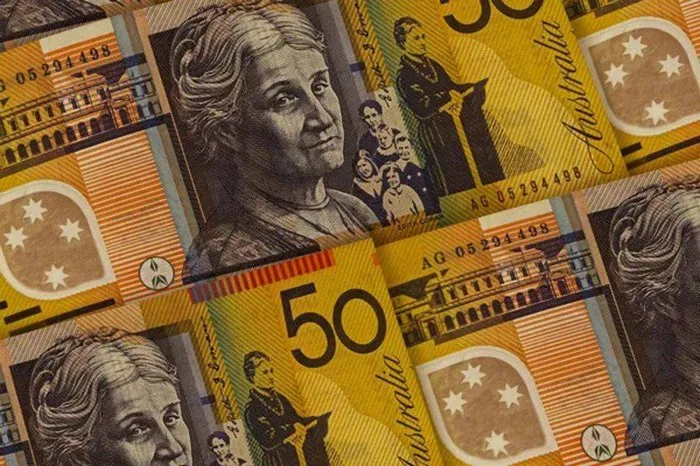In the realm of numismatics, the study and collection of coins and paper currency, enthusiasts are often drawn to the allure of rare and valuable specimens. Among the various currencies in circulation, Australian $2 notes have captured the attention of collectors and investors alike. While the everyday use of paper currency is gradually diminishing in the digital age, the value of certain banknotes, particularly the $2 notes, remains a topic of interest and intrigue.
Historical Context:
Introduced into circulation in 1966, Australian $2 notes have undergone several design changes over the years. The first series featured the portrait of Sir John Macarthur, an influential figure in the early wool industry. Subsequent series showcased various iconic Australian personalities, including the renowned Aboriginal inventor and writer David Unaipon, and the first female member of an Australian parliament, Edith Cowan.
Rarity and Circulation:
Despite being legal tender, $2 notes are considered somewhat rare in everyday transactions. With the advent of polymer banknotes in Australia, the prevalence of paper currency, including $2 notes, has diminished. Consequently, the rarity of $2 notes in circulation has led to increased interest among collectors and investors seeking these notes as valuable additions to their collections.
Collectible Appeal:
The collectible appeal of Australian $2 notes lies in their historical significance, unique designs, and limited circulation. Collectors often find joy in assembling sets that span various series, showcasing the evolution of Australian currency. The unique portraits and themes depicted on $2 notes contribute to their aesthetic appeal, making them sought-after items for numismatic enthusiasts.
Key Varieties and Series:
Several key varieties and series of Australian $2 notes contribute to their collectible appeal. The first series, featuring Sir John Macarthur, holds historical significance and is particularly sought after by collectors. Subsequent series with designs featuring David Unaipon and Edith Cowan add diversity to the range of collectible $2 notes.
Beyond the individual portraits, there are also commemorative editions and special releases that attract collectors. For instance, the commemorative Olympic Games editions released in 1988 and 2000 celebrate Australia’s participation in these global sporting events. The scarcity of these commemorative editions enhances their value among collectors.
Market Value and Investment Potential:
Determining the market value of Australian $2 notes involves considering factors such as rarity, condition, and demand among collectors. Well-preserved, uncirculated $2 notes from earlier series or limited editions often command higher prices in the collector’s market. Online auctions, numismatic fairs, and specialized dealers provide platforms for enthusiasts to buy and sell these notes.
While the market for Australian $2 notes is not as robust as that of certain coins or other collectibles, there is a growing recognition of their investment potential. As with any investment, thorough research and a keen understanding of the market are essential. Investors and collectors alike should be aware of the current market trends, potential fluctuations, and the factors that contribute to the value of specific $2 notes.
Preservation and Grading:
Preserving the condition of Australian $2 notes is paramount for collectors seeking to maintain or enhance their value. Proper storage in protective holders, avoiding exposure to harsh environmental conditions, and handling with care are crucial practices. Additionally, notes can be professionally graded by recognized grading services, providing a standardized assessment of their condition and authenticity.
The Future of Australian $2 Notes:
As the landscape of currency continues to evolve with digital innovations, the role of physical banknotes, including the $2 notes, may undergo further changes. However, the intrinsic historical and collectible value of these notes is likely to persist. The ongoing interest from collectors and investors ensures that Australian $2 notes will remain relevant in numismatic circles, securing their place as fascinating and valuable pieces of Australia’s monetary history.
Conclusion:
Australian $2 notes, while no longer in widespread circulation, have found a new lease on life as collectible items. Their historical significance, unique designs, and limited availability contribute to their allure among numismatic enthusiasts. Whether acquired for the joy of collecting or viewed as potential investments, these notes offer a tangible connection to Australia’s monetary past. As the world transitions towards digital currencies, the enduring value of physical banknotes like the Australian $2 note serves as a testament to the enduring fascination with tangible pieces of history.


